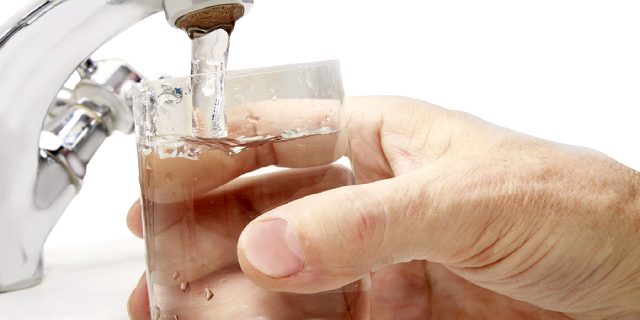We drink water every day with unwavering faith in its safety. City water treatment systems indeed do an excellent job in ensuring water quality and safety. Singapore’s water quality, in particular, is well within public health standards. Most cities and towns have access to improved water sources, and tap water is generally safe to drink. However, impurities and contaminants in the water cannot be obliterated, especially from public systems and aggregated sources. They can contain impurities to a certain degree.
What are common contaminants found in water?
Chlorine is an intentionally added chemical to public water for disinfection purposes. It effectively kills bacteria and microbes that cause water-borne infections. At concentrations found in water supplies, chlorine is nontoxic to people. However, when it reacts with other organic particles (contaminants) in the water or when ingested in large doses or over long periods, it can cause eye and skin irritations, asthma symptoms, and food allergies, with other conditions still being studied. At the very least, your water supply may be unpleasant to taste and smell and may even be slightly discoloured.
Water supplies may also periodically contain chemical, microbiological, and other contaminants at detectable and sometimes harmful levels. Unintentional contamination due to pollution or other activities can lead to the introduction of some microorganisms in the water supply that, when consumed, cause diseases ranging from mild gastroenteritis to severe dysentery and cholera. No matter how slim the chances, unfiltered drinking water may contain bacteria, parasites, soil sediments, heavy minerals like lead, arsenic, fluoride, and “new age” contaminants like pesticides and other dangerous chemicals. Some people are more vulnerable than others — for example, infants, children, the elderly, pregnant women, and people who are immunocompromised.
The importance of water purification
With the long time and process it takes to bring water from its source to your taps and bottles, it’s not improbable to imagine that water can be contaminated along the way. It is not possible to identify water quality by visual examination alone, and simple procedures such as boiling don’t do much in treating all potential contaminants that may be present. With threats to drinking water increasing, we can no longer take our drinking water for granted.
Water purification removes biological contaminants, undesirable chemicals, and suspended solids from contaminated water. It eliminates toxic contaminants but retains healthy mineral deposits. Thus, installing point-of-use water purification systems is critical in serving as your last line of defence to ensuring clean drinking water.
Purified drinking water is essential for your health. It’s necessary for homes but equally important in medical, pharmacological, and industrial applications. The importance of water purification and filtration spans all industries and households.
Conclusion
People should be able to drink water without dealing with impurities and related elements. Everyone deserves fresh and clean water without the fear of contamination. Investing in a hot and cold water dispenser that can remove contaminants like microbes, chemicals, and other organic and inorganic compounds is the way to go to ensure clean drinking water.
At Wells, we provide top-quality home appliances, specialising in water purifiers and water dispensers in Singapore to provide clean drinking water for you and your family. Our smart, advanced, user-friendly technology offers you a convenient and healthy solution for purifying water.



